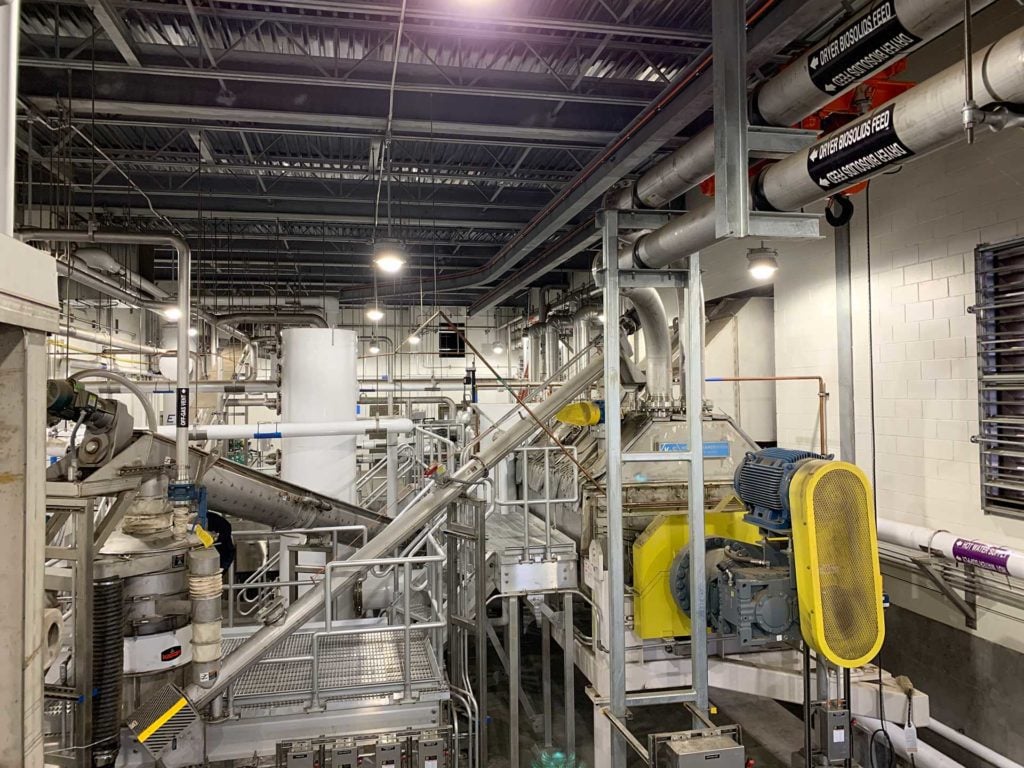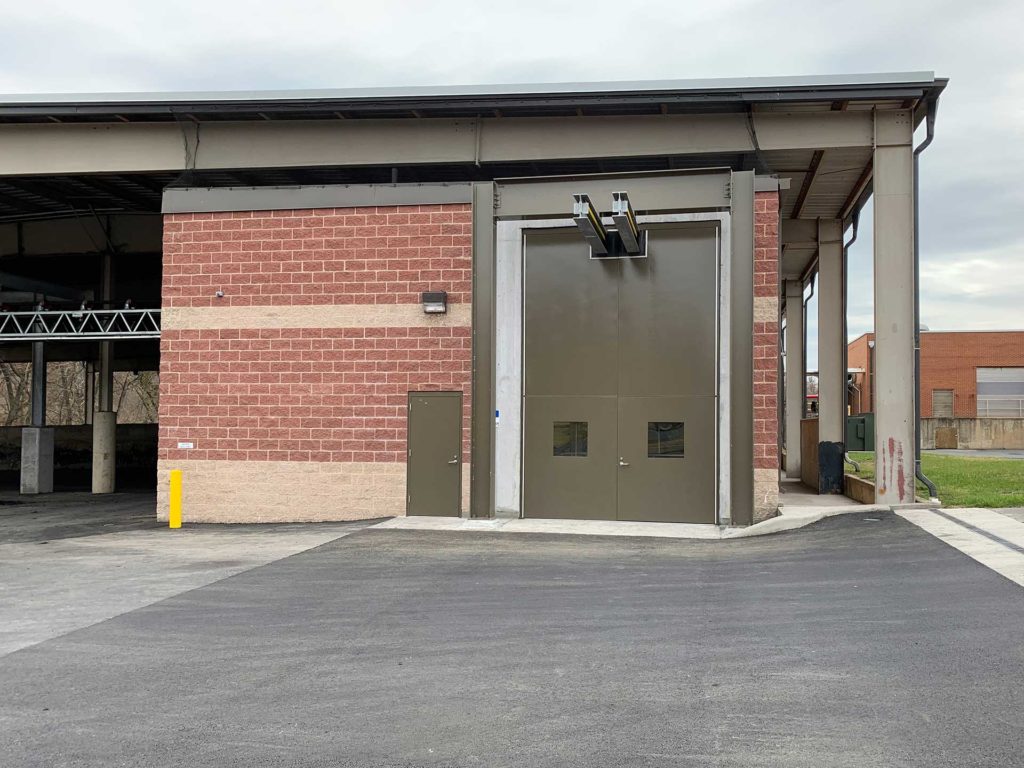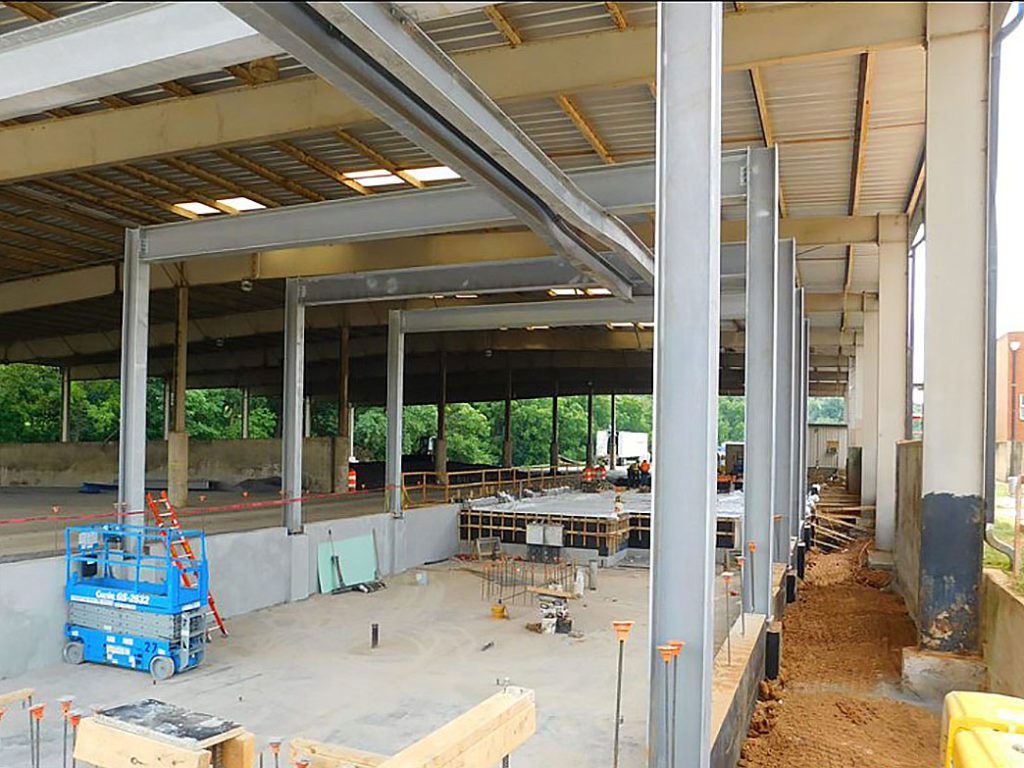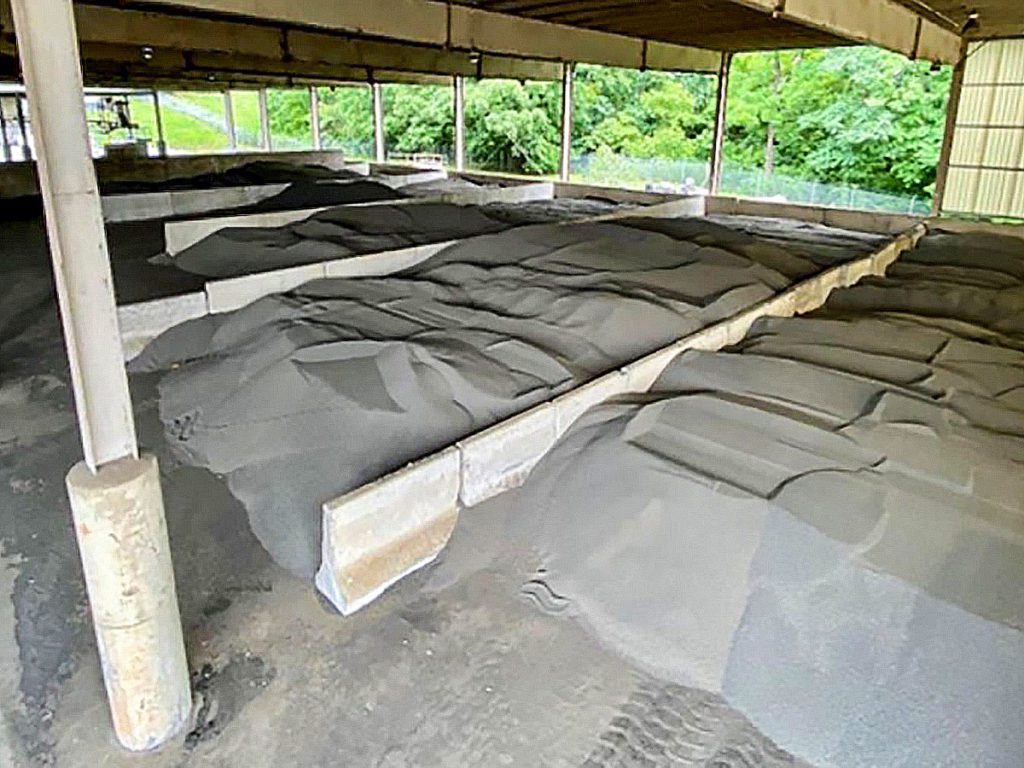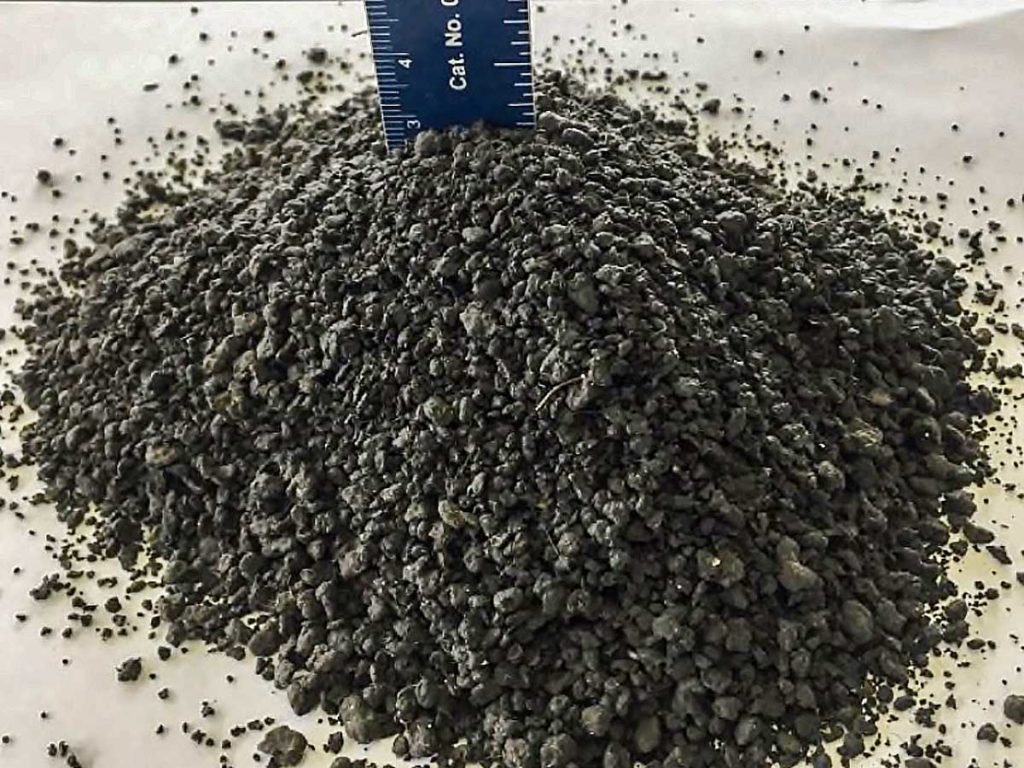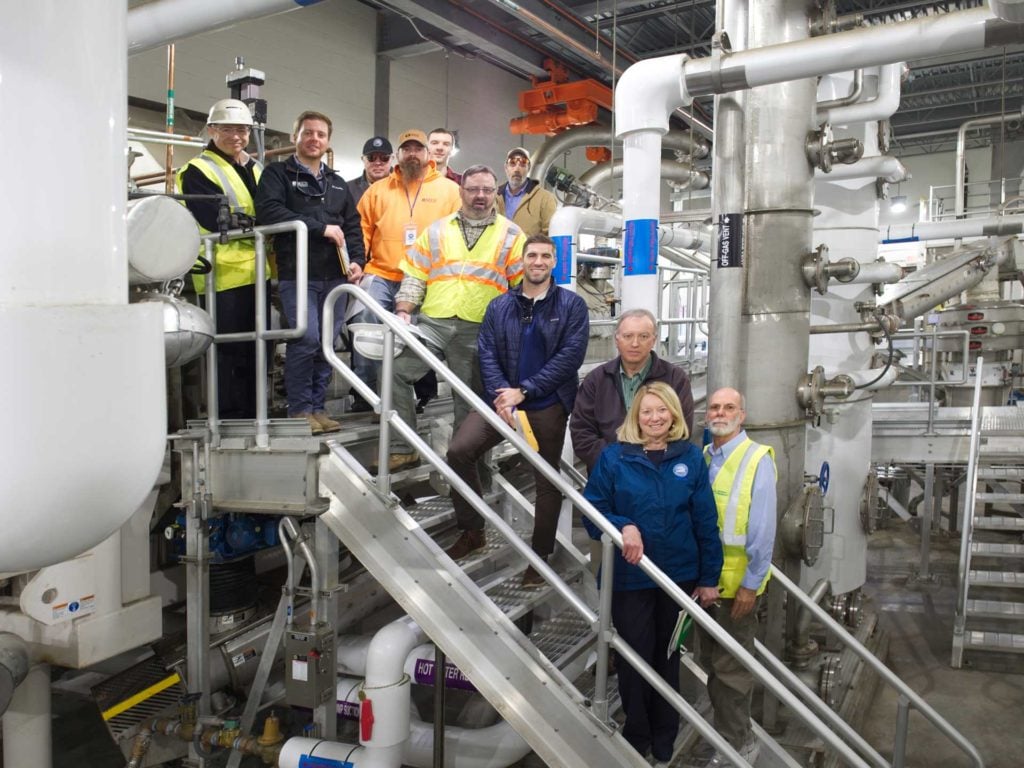Show Notes
Since the mid-2000s, RK&K’s Water/Wastewater group has had an exceptional reputation for designing enhanced nutrient removal (ENR) facilities that reduce the amount of nitrogen and phosphorus discharged to the Chesapeake Bay. At that time, ENR projects were all the rage as a result of the Bay Restoration Fund and our region’s primary environmental goal of cleaning up the bay. RK&K was at the forefront of this movement and has upgraded more than 10 wastewater treatment plants (WWTPs) to ENR treatment in Maryland alone.
Today, our group is also recognized as a leading firm for a newer focus in the world of wastewater treatment, biosolids management. Biosolids are a mostly organic by-product of wastewater treatment, processed into a reusable product suitable for use in soil. However, biosolids management is typically the second largest operating expense for WWTPs behind electricity. As a result, Owners are often looking for ways to reduce those costs and maximize efficiency – through technology or innovative approaches.
This project is a prime example of the power of innovation and teamwork coming together to accomplish a task successfully.
That’s exactly what RK&K delivered on a recent biosolids project for the Harrisonburg-Rockingham Regional Sewer Authority (HRRSA) in Mt. Crawford, VA. Working in collaboration with our client (HRRSA), the general contractor (MEB), the equipment manufacturer (Komline-Sanderson), and our primary subconsultant (Buchart-Horn), RK&K’s team created a new biosolids facility which:
- Uses waste biogas, a renewable energy source, in a practical and cost-effective manner
- Eliminated land application of liquid biosolids and reduced annual costs for land application of Class B biosolids
- Provides over 100 days of on-site covered biosolids storage
- Produces a thermally dried granular Class A product without the use of natural gas or propane
How did we do it? This project is a prime example of the power of innovation and teamwork coming together to accomplish a task successfully. And, as the old adage goes, it started with a great plan.
When HRRSA first selected RK&K for the project, the original scope was to design a small dryer facility capable of drying only 38% of their biosolids. Our team proposed a new alternative with heat recovery that would dry 100% of their biosolids while still meeting each of their goals. In order to secure funding for the Virginia Department of Environmental Quality, RK&K’s team accelerated design and went from preliminary design to bid in less than 10 months. This undertaking was possible thanks to the collaborative effort between multiple disciplines within RK&K (wastewater, structures, architecture, electrical/instrumentation and controls) as well as our subconsultant, and the dryer equipment manufacturer. Additionally, HRRSA secured an additional high-strength waste source that would increase production of renewable energy.
Ultimately, project elements included:
- a new 38-foot by 150-foot dryer building
- paddle dryer designed to evaporate 4,000 pounds of water per hour
- cooling conveyors and belt conveyors
- gas compressors and thermal fluid heaters
- heat recovery pumps and spiral heat exchangers
- dewatering screw press
- instrumentation, motor control center and control system
Upon Day One of construction, it was immediately clear that the contractor, MEB, was focused on delivering a successful project and also believed that teamwork was essential to achieving that goal. One example of this is when MEB uncovered additional (and undetected) foundation supports while excavating under the pavilion under which the new 20-foot-tall dryer building was to be constructed. Instead of the quick reaction– delivering a large change order for a change in condition — MEB worked with the team to resolve the issue quickly and cost-effectively. This kind of teamwork and innovation resulted in this $11.2 million project being completed in 21 months with less than $100,000 in change orders.
This award-winning project was a huge success for HRRSA, and it was a huge success for the teams that worked collaboratively to deliver it.
The biosolids facility was commissioned in October 2019 and has had a 93% runtime, exceeding our initial design expectations. During the planning phase, we projected that HRRSA would yield an annual net revenue of $30,000 per year after subtracting their debt service. However, that figure has been blown out of the water with a reported net revenue of more than $400,000 in 2020! Since commissioning, HRRSA’s Enhanced Biosolids and Reuse Project became a Gold Medal Winner for the 2020 Virginia Governor’s Environmental Excellence Awards and Top 2020 Project by Water & Wastes Digest.
This award-winning project was a huge success for HRRSA, and it was a huge success for the teams that worked collaboratively to deliver it. But on a personal note, the project will always have a special in my heart because it was the first project I saw through from the very beginning, starting with the proposal and interview, to the planning and design phases, and finally to the end with construction and commissioning. This is the exact type of project I dreamed of supporting as a young engineer, just starting in the industry. If I’m lucky, it won’t be the last.
Author’s Note
If you want to know more about biosolids management and if this is the right fit for your facility, contact us today. Our team is here to help.
